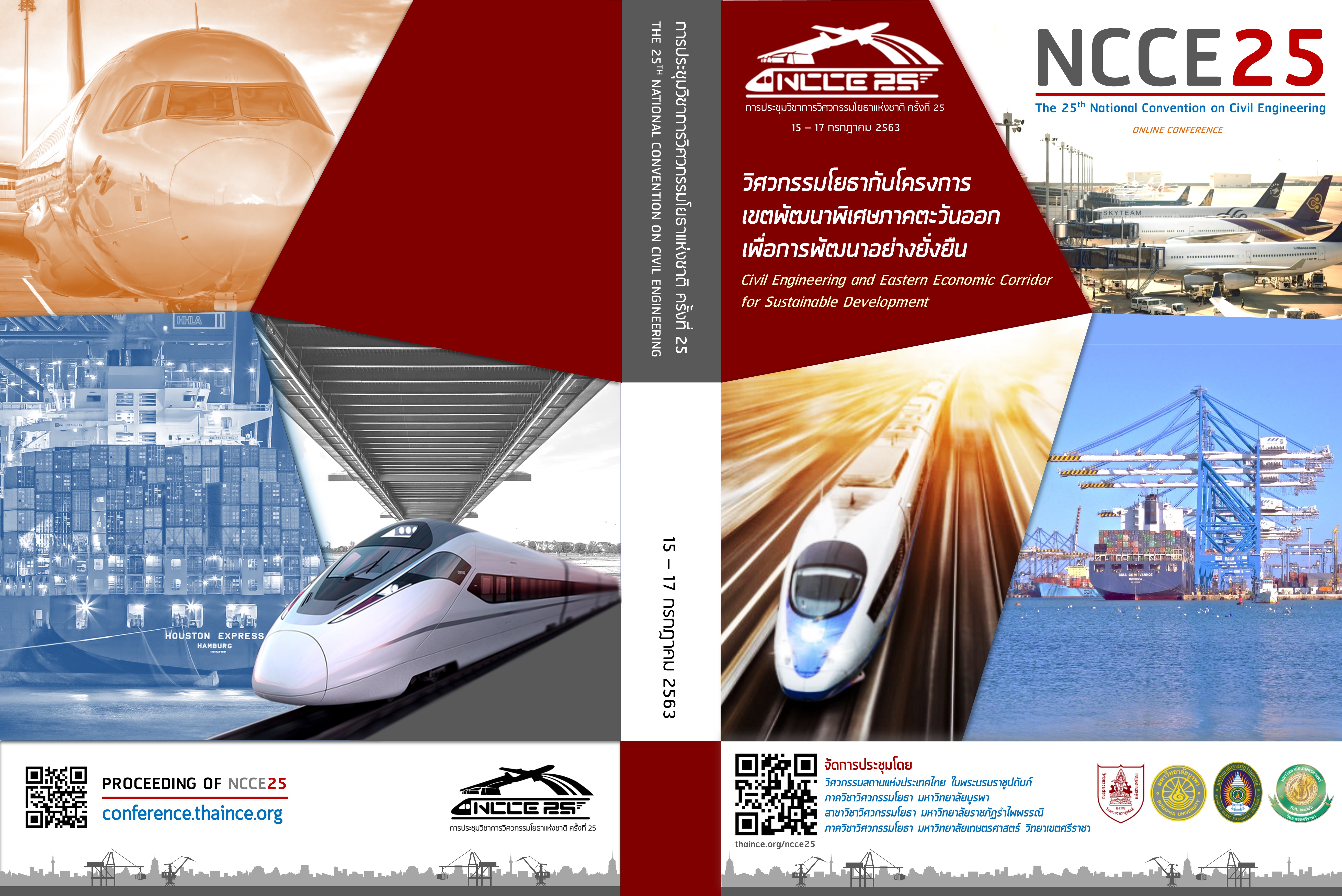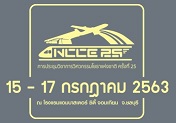Analytical investigation on bond behavior between concrete and FRP bars of near-surface mounted and embedded through-section strengthening methods
Keywords:
Bond behavior, Fiber-reinforced polymer, Near-surface mounted, Embedded through-section, StrengtheningAbstract
The strengthening techniques are to enhance the performance of existing reinforced concrete (RC) structures. This research aims to investigate the bond behavior between fiber-reinforced polymer (FRP) bars and concrete interfaces of near-surface mounted (NSM) strengthening method and the embedded through-section (ETS) strengthening technique. Bond models for two strengthening methods are developed considering various crucial parameters. The effects of concrete compressive strength, embedment length, and modulus of elasticity of FRP bars on the bond responses between two retrofitting methods are analytically investigated to interpret the results through bond models.
Downloads
References
Dai, J., Tamon, U., & Yasuhiko, S. (2005). Development of the nonlinear bond stress-slip model of fiber reinforced plastics sheet-concrete interfaces with a simple method. Journal of Composites for Construction, 9(1), 52-62.
Godat, A., L’hady, A., Chaallal, O., & Neale, K. (2012). Bond behavior of the ETS FRP bar shear-strengthening method. Journal of Composites for Construction, 16(5), 529539.
Downloads
Published
How to Cite
Issue
Section
Categories
License
บทความทั้งหมดที่ได้รับการคัดเลือกให้นำเสนอผลงานในการประชุมวิชาการวิศวกรรมโยธาแห่งชาติ ครั้งที่ 25 นี้ เป็นลิขสิทธิ์ของ วิศวกรรมสถานแห่งประเทศไทย ในพระบรมราชูปถัมภ์



